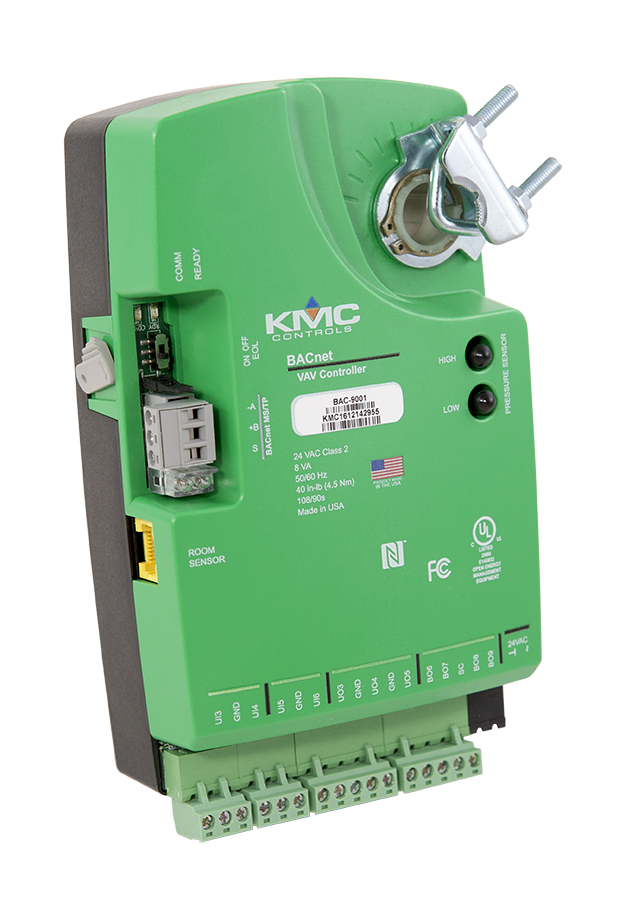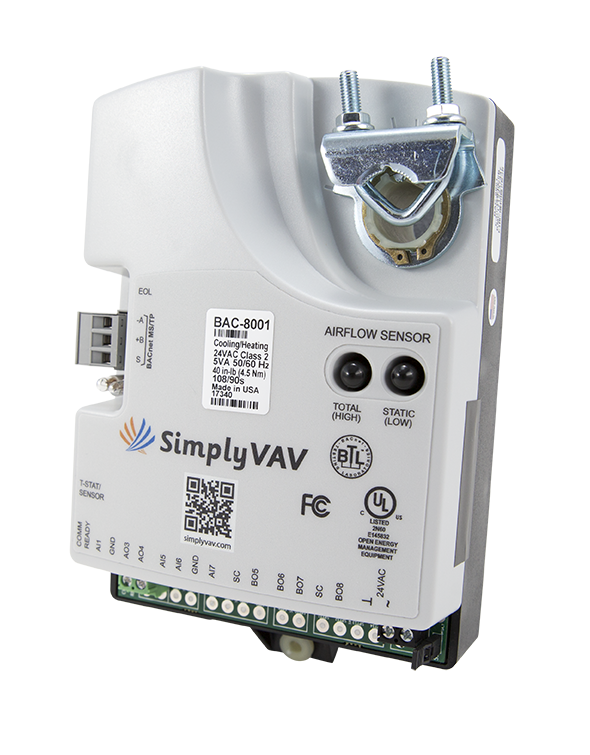HVAC systems in commercial buildings are getting smarter every day. As technology advances, HVAC systems must adapt as well. This growing building “smarts” comes with big benefits – energy management tightens, tenant comfort becomes more commonplace, and cost savings grow.

Let’s look at one type of smart HVAC system: VAVs.
What is a VAV system?
VAV stands for Variable Air Volume. In its simplest form, VAV systems use varying airflow at a constant temperature to heat and cool buildings. This is opposite of a CAV (or Constant Air Volume) system, which supplies consistent air flow at varying temperatures to heat or cool a space.
How does a VAV system work?
Let’s break down an example of how a VAV system works. An Air Handling Unit (AHU) pushes air into the duct system at roughly 55 degrees Fahrenheit for cooling. The air temperature stays constant in the system, moving through the ductwork to each zone or room of the building. The air eventually goes to the end of each line where it passes through a VAV box. Typically, a VAV box consists of a few simple parts: the damper, the controller/actuator, and perhaps a coil for heating and cooling via electricity or water pumps.
As the air passes through these boxes the actuator modulates the damper position which allows different amounts of airflow into the zone. Each VAV box modulates according to the needs of individual zones, meaning it can easily accommodate high demand in one area and low in another, maintaining comfort for everyone. Additionally, if a damper closes completely, the added system pressure allows the AHU’s fans to slow down, reducing energy use. Or using a bypass damper in the middle of the system, increased pressure could trigger that damper to open, relieving system strain into addition ducts or an exterior vent.

Benefits of VAV
This added control via VAVs brings some benefits:
- Precise temperature control
- Reduced compressor wear
- Lower energy consumption
- Less noise
- Additional passive dehumidification
KMC Controls VAV Products
The critical component to these VAV systems is the actuator. KMC Controls offers a variety of VAV products, from our BACnet KMC Conquest VAV controllers to our SimplyVAV controllers, as well as accompanying sensors for each.
These controllers are complex and fully programmable for application-specific functions and any custom application you see fit. They also include integrated alarming, trending and scheduling to make for powerful edge devices that can be controlled via BAS systems.
As buildings are becoming smarter, so should your HVAC system. Having more control means more comfort, lower costs, and smarter buildings.
 Cart
Cart